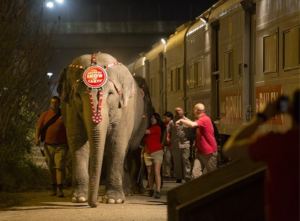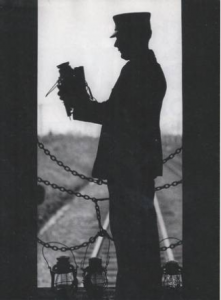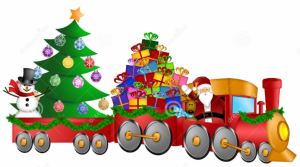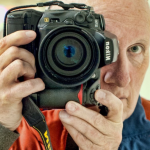
From Don Clayton…
Due to some conflicting schedules with the 611 excursions, we are revising our Kanawha River trip schedule. This update is shown in the attached. The BNSF trip has been removed for rescheduling. Information on ticketing for the Piedmont & Northern trips will be available shortly. Sorry for any confusion!
June 3-12, 2017:. KANAWHA RIVER RAILROAD BEHIND ex-NKP 765. (Note: Kanawha River Railroad is a former NYC line, now operated by WATCO).
June 3: Deadhead to Pickerington, Ohio (near Columbus), load passengers, run to the village of Eclipse (near Athens) or as far as practical. Use Kanawha River Railroad unit to pull train back to Pickerington/Watkins Yard. Total is about 150 miles.
June 4: Deadhead to Pickerington, Ohio to load passengers, then run two short trips, Pickerington to Glouster and return, about 114 miles per trip. Use Kanawha River Railroad unit to pull train on all westbound moves.
June 5: Deadhead train to either Nitro or Dickinson Yard for storage during week.
June 9: Diesel trip, Charleston as far as we can go toward Enon, MP WV253 and return. Total of about 140 miles.
June 10: Load passengers at the University of Charleston stadium in downtown Charleston and run to Maben. Bus passengers to the Beckley Exhibition Coal Mine, deadhead train to Mullens/Elmore to wye. Deadhead move may be occupied. Total is about 170 miles.
June 11: Repeat of Saturday’s trip.
June 12: One way move from Charleston to Pickerington, Ohio, Then deadhead into
Watkins yard. Equipment will be 611 Steam Train consist plus Caritas and Cimarron
River. Pricing to be determined.
September 14-22, 2017: AAPRCO Convention in Burlington, VT
The Special Train will start in Albany/Renssalaer, NY on a route not yet finalized but
including major portions of the Vermont Rail System. The actual convention dates are
September 19-22. We will be participating with the Caritas and Cimarron River.
Clark Johnson Today, 9:07 AM















